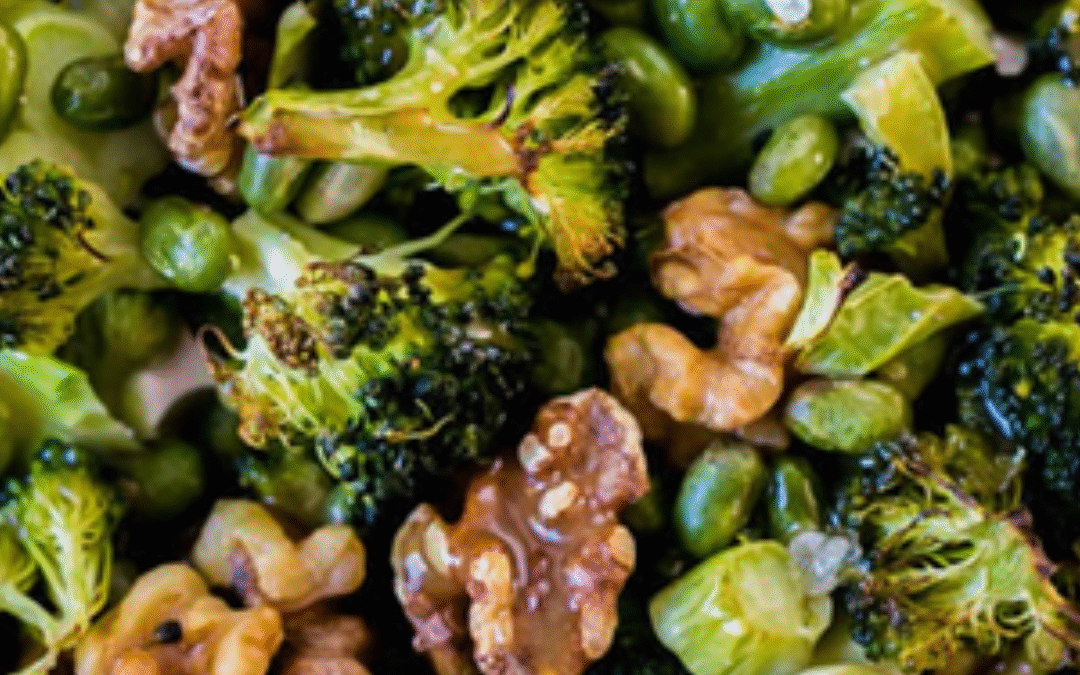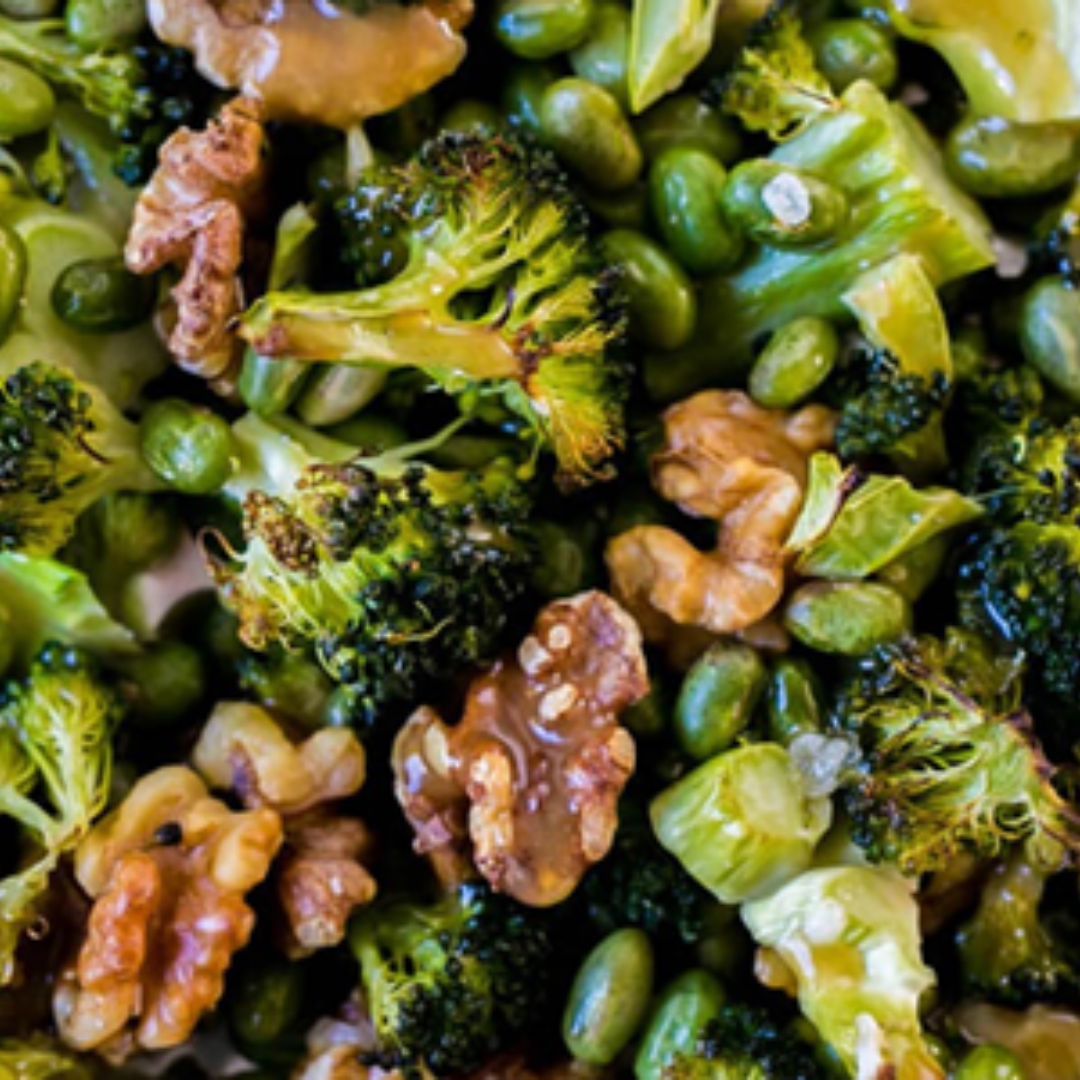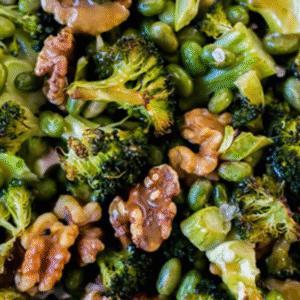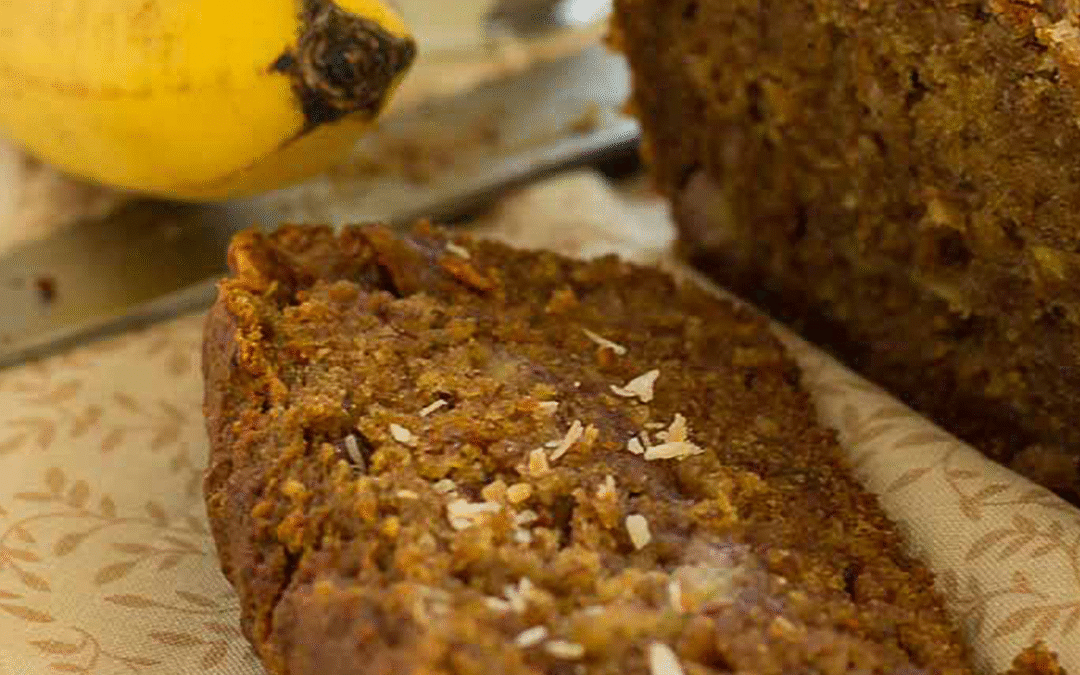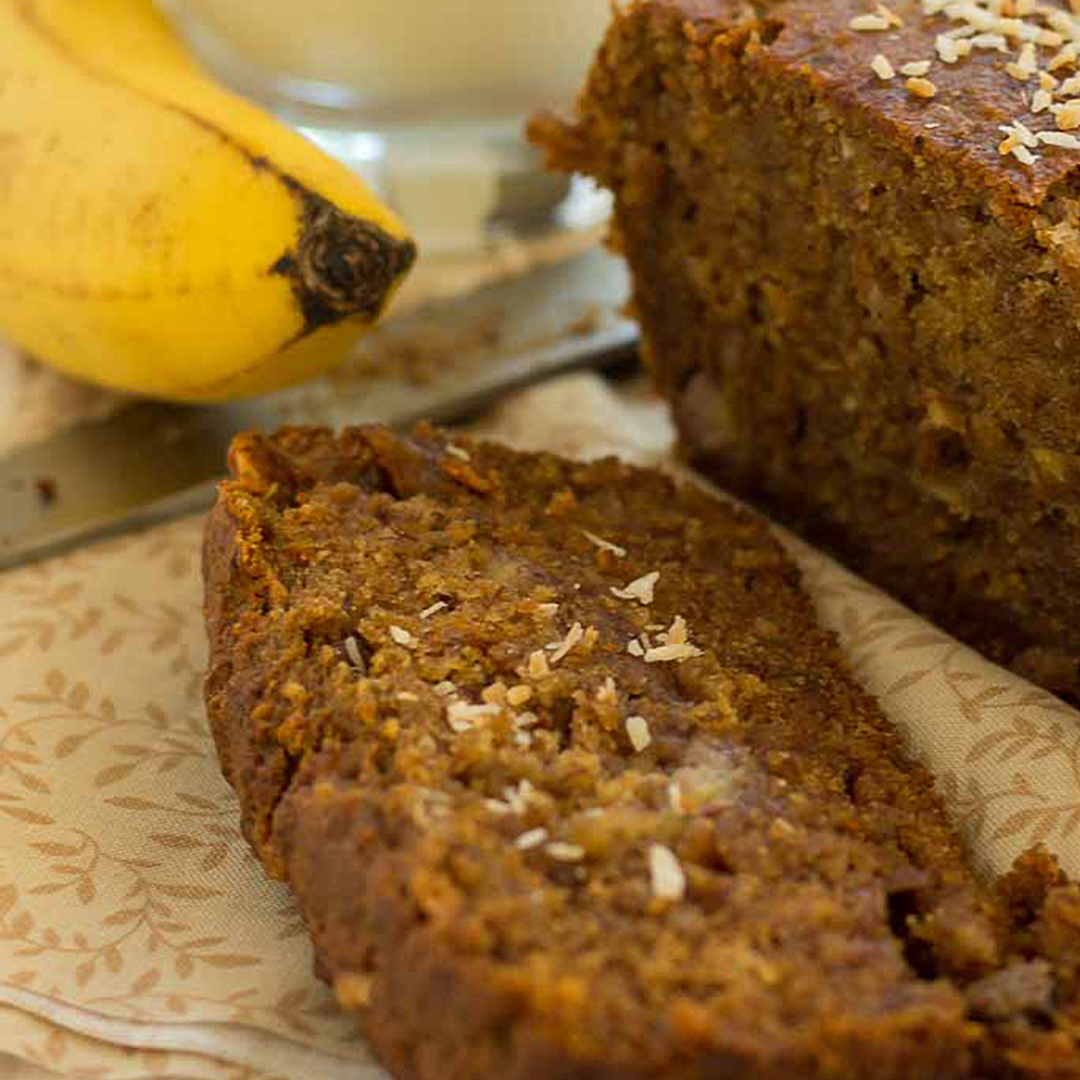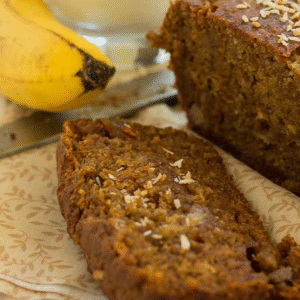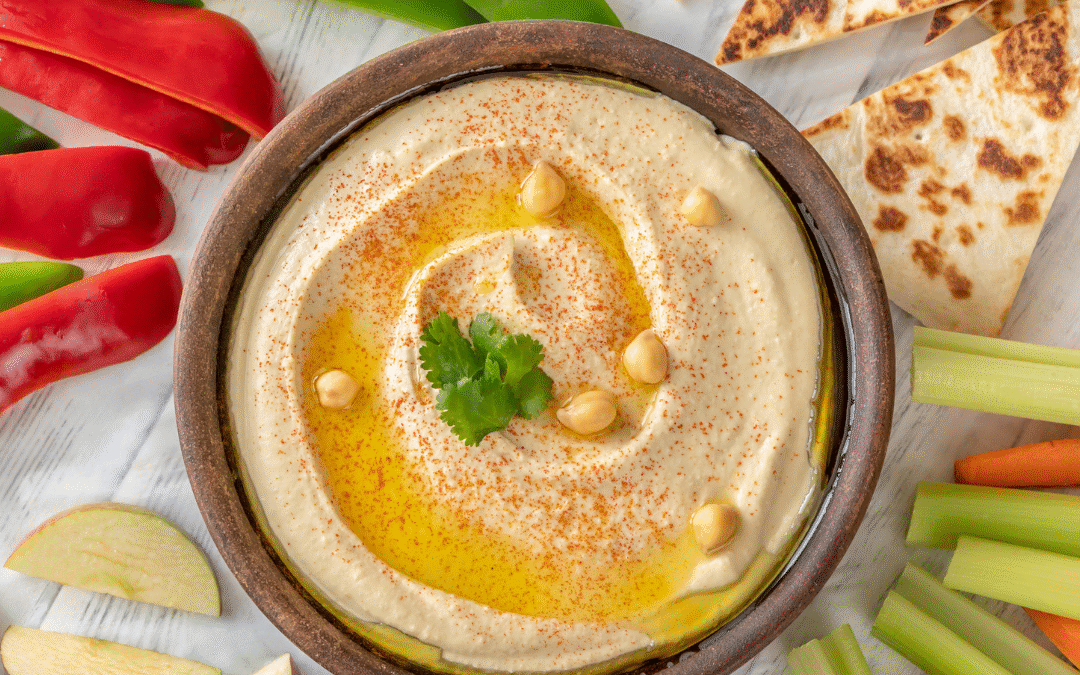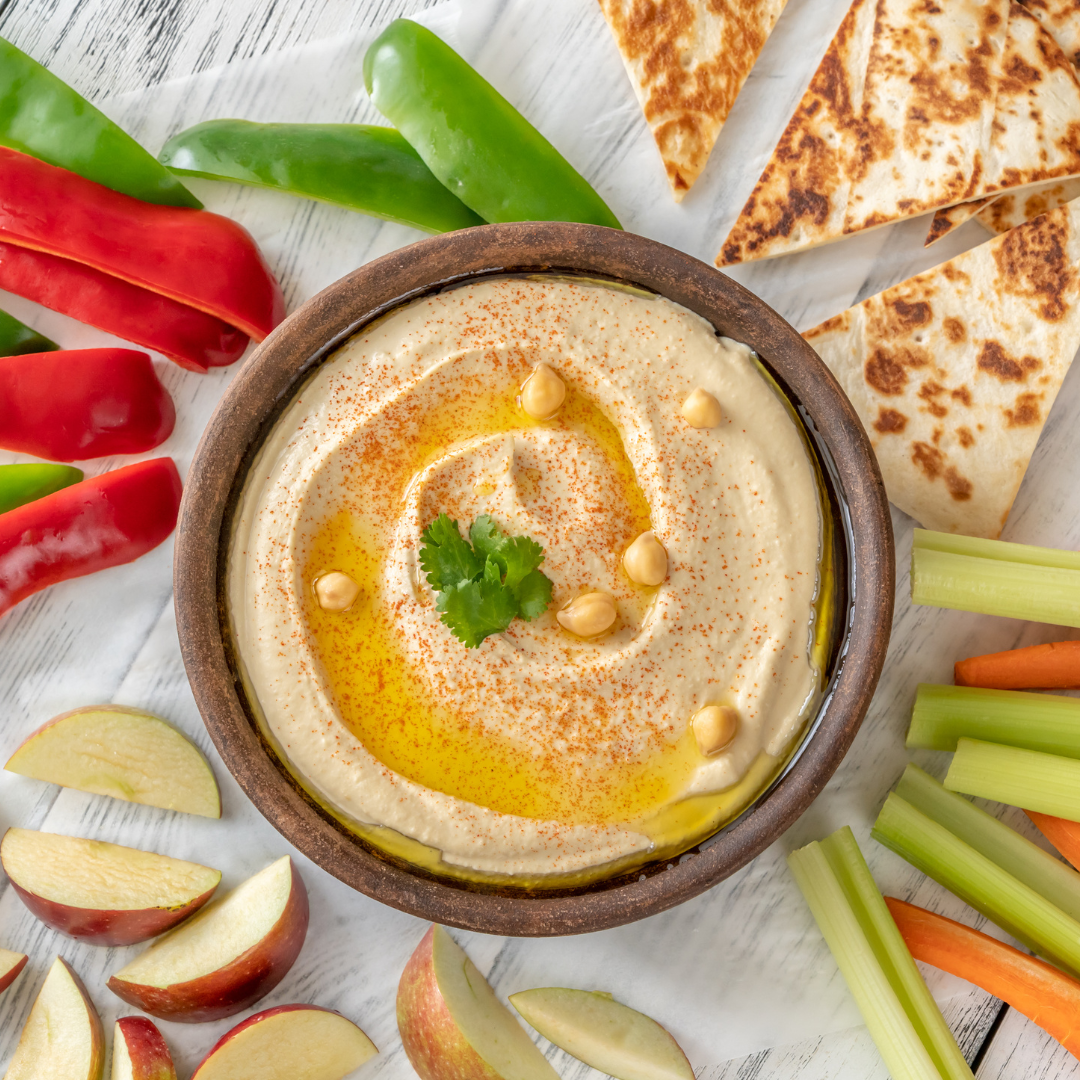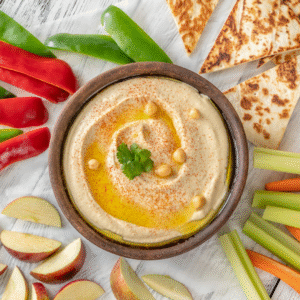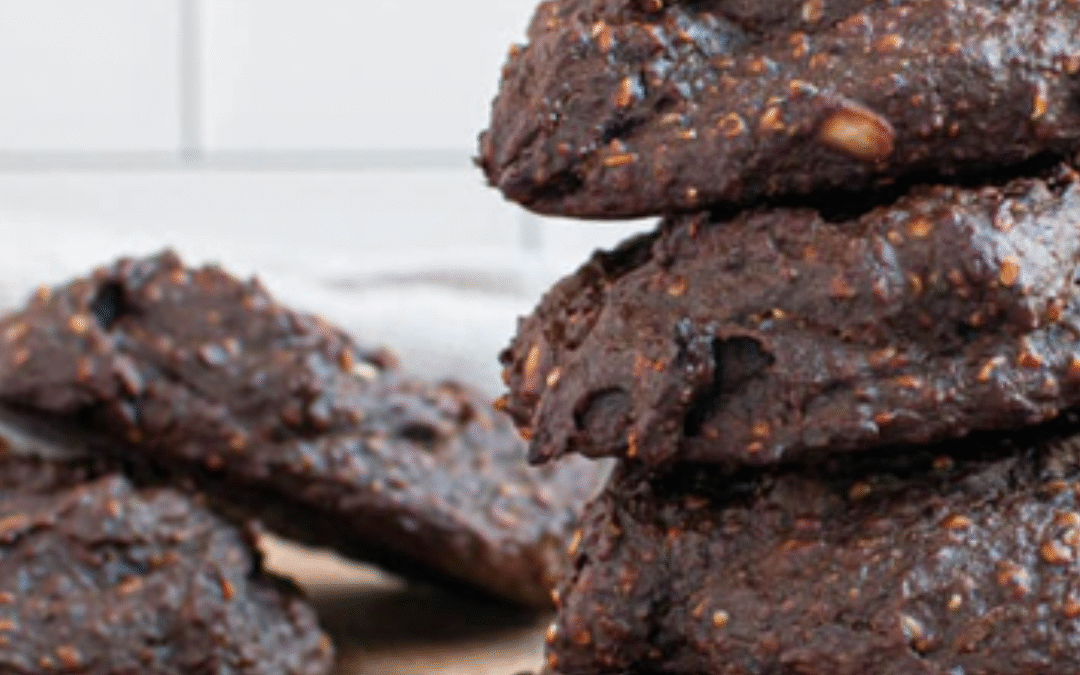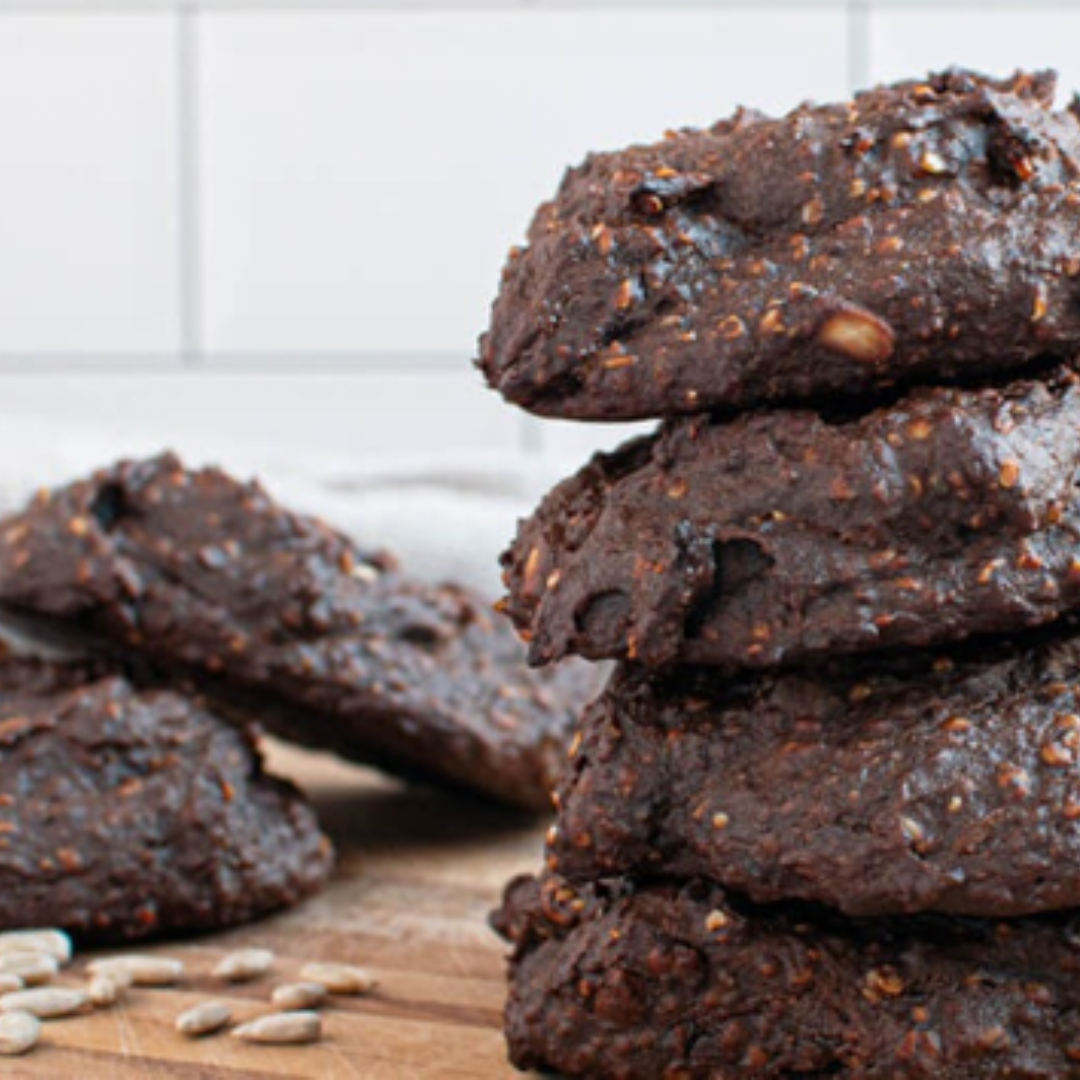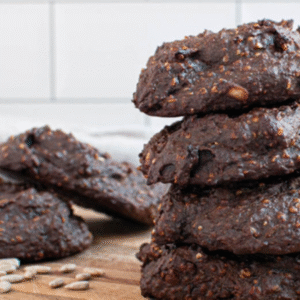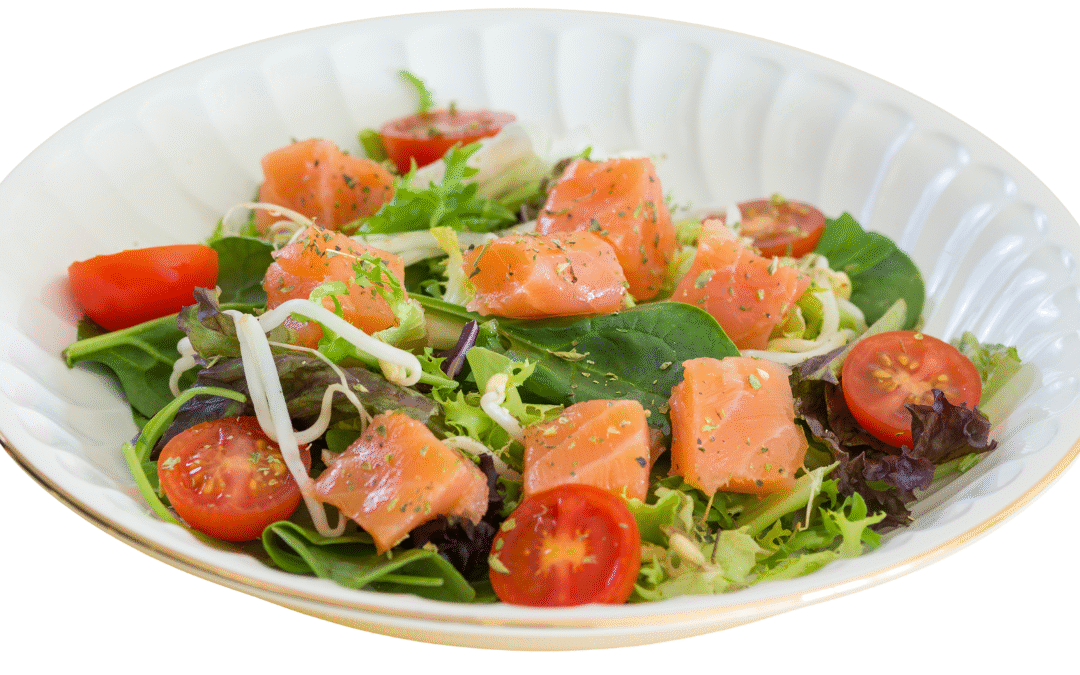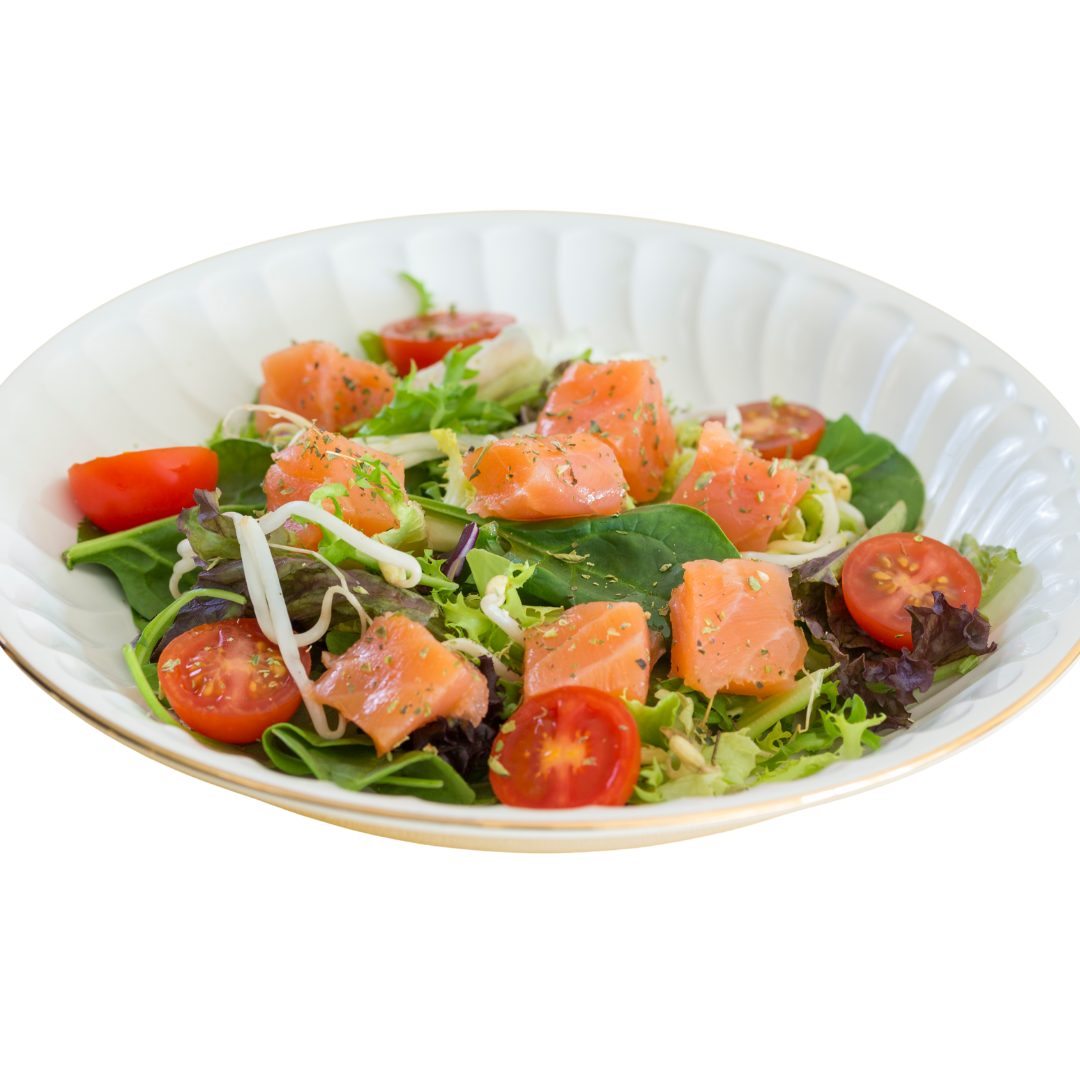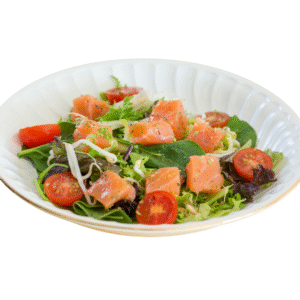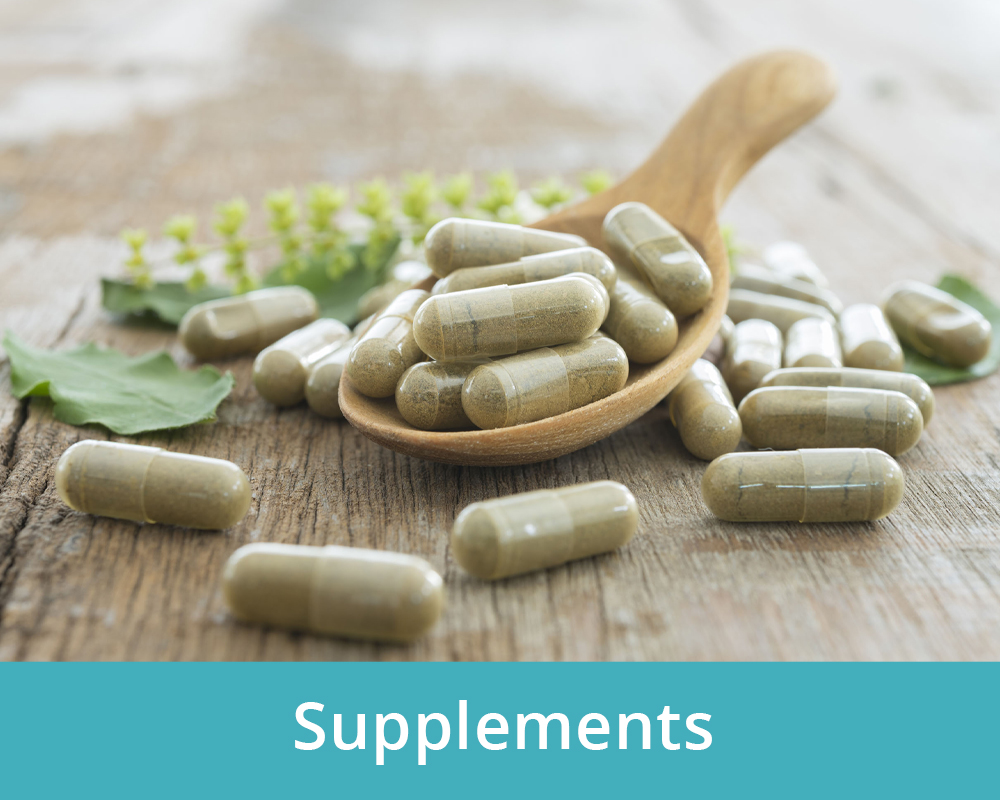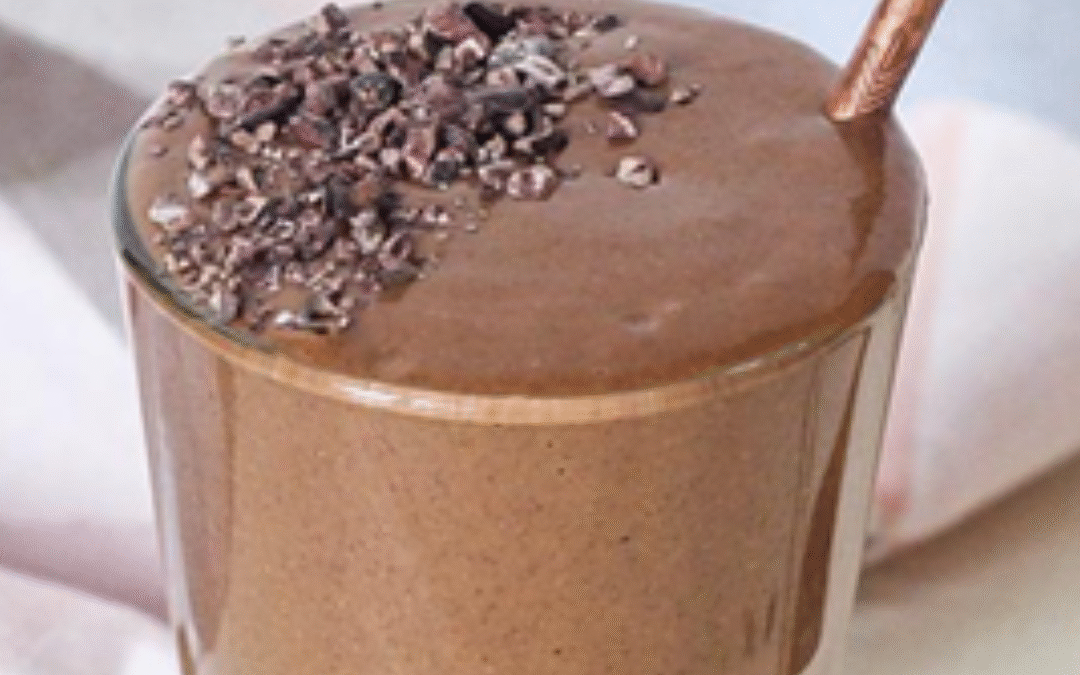
Chocolate Zucchini Bread Smoothie
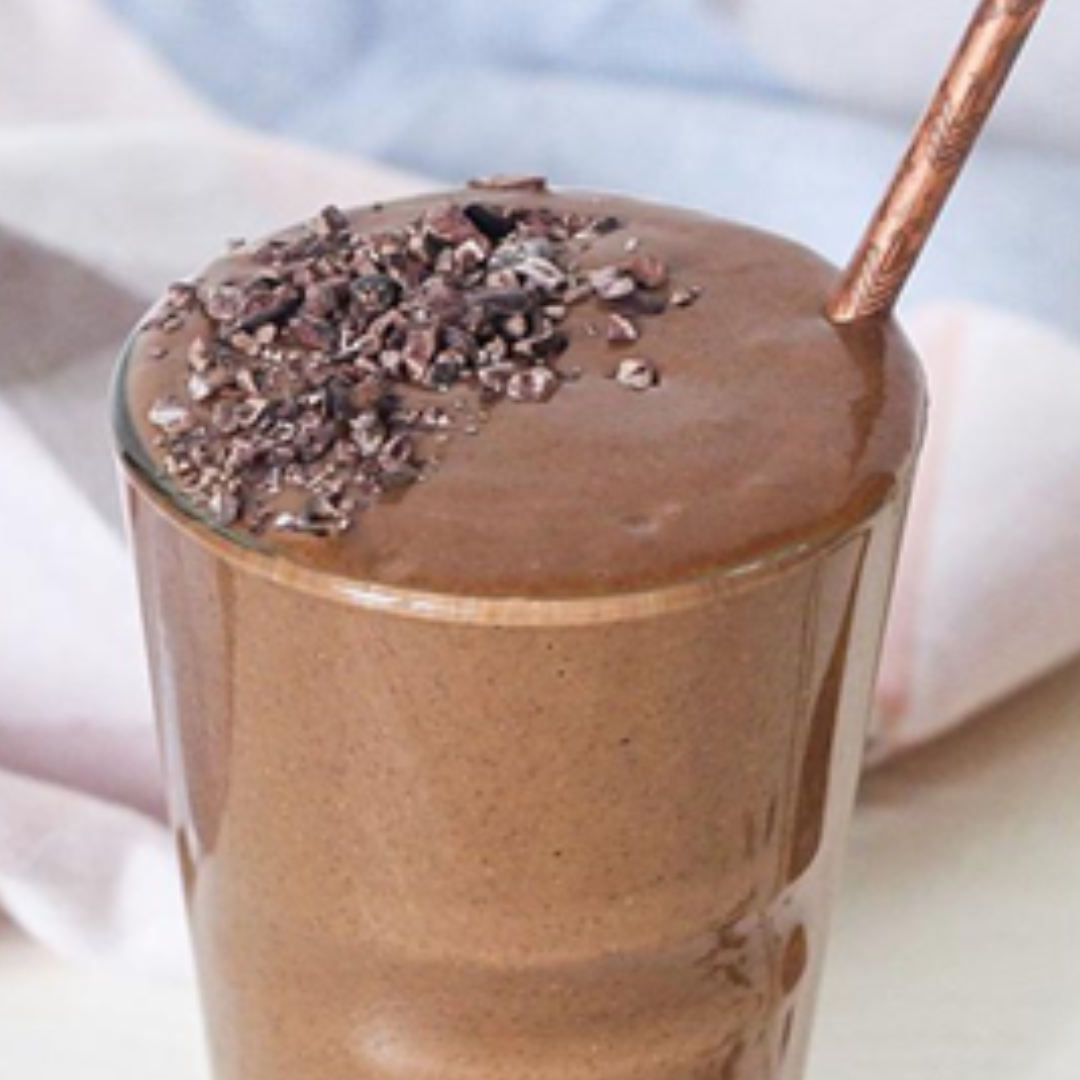
The Health Benefits of a Chocolate Zucchini Smoothie: Chia Seeds, Zucchini, Almond Butter, and Cocoa Powder
Smoothies are a delicious and convenient way to pack in nutrients, and the chocolate zucchini smoothie is a perfect example of a treat that’s both indulgent and healthy. By combining chia seeds, zucchini, almond butter, and cocoa powder, this smoothie offers a unique balance of vitamins, minerals, antioxidants, healthy fats, and fiber. Let’s explore the health benefits of each key ingredient and why this smoothie is a fantastic addition to a balanced diet.
Chia Seeds: Tiny Powerhouses of Nutrition
Chia seeds are often called a “superfood” for good reason. Despite their small size, they are rich in nutrients that support overall health.
- Omega-3 Fatty Acids: Chia seeds are an excellent plant-based source of alpha-linolenic acid (ALA), an omega-3 fatty acid that supports heart health, reduces inflammation, and supports a healthy mood and memory, all important for woman going through perimenopause and menopause when many of these issues can occur.
- Fiber: High in soluble fiber, chia seeds aid digestion, promote satiety, and help stabilize blood sugar levels. For those aiming for weight management, adding chia seeds to a smoothie can help you feel fuller for longer.
- Protein: Chia seeds contain about 2 grams of protein per tablespoon, which can help maintain muscle mass and provide steady energy.
- Minerals: Rich in calcium, magnesium, and phosphorus, chia seeds contribute to bone health and overall metabolic function.
Zucchini: A Low-Calorie, Nutrient-Dense Vegetable
Zucchini is a versatile, mild-tasting vegetable that blends seamlessly into smoothies and a great why to get your vegetable intake up if you struggle to get enough vegetables into your diet. Its nutritional benefits include:
- Low in Calories: With very few calories per serving, zucchini is excellent for those looking to maintain or lose weight while still getting important nutrients.
- Rich in Antioxidants: Zucchini contains vitamin C, carotenoids, and polyphenols, which help combat oxidative stress and inflammation in the body.
- Hydration and Fiber: Composed mostly of water, zucchini supports hydration while its fiber content promotes healthy digestion and regular bowel movements.
- Bone and Eye Health: The vitamin C and manganese in zucchini contribute to bone strength, while carotenoids such as lutein support eye health.
Almond Butter: Healthy Fats and Protein
Almond butter is a nutrient-dense addition that enhances flavor while providing several health benefits:
- Healthy Monounsaturated Fats: Almond butter is rich in heart-healthy fats that support cardiovascular health and help maintain optimal cholesterol levels.
- Protein Power: Almond butter provides protein, which is essential for muscle repair, satiety, and energy stability.
- Vitamin E: This fat-soluble antioxidant helps protect cells from oxidative damage, supports skin health, and boosts immune function.
- Magnesium: Almonds are a great source of magnesium, which supports bone health, nerve function, and energy metabolism.
Cocoa Powder: Antioxidant-Rich Chocolate Goodness
Cocoa powder brings a rich chocolate flavor along with a range of health-promoting compounds:
- Flavonoids: Cocoa is packed with flavonoids, plant compounds that act as antioxidants, helping to reduce inflammation, improve blood flow, and support heart health.
- Mood Support: Cocoa may stimulate the production of serotonin and endorphins, helping boost mood and reduce stress.
- Minerals: Cocoa contains magnesium, iron, and zinc, which support metabolic health, energy production, and immune function.
Why the Chocolate Zucchini Smoothie Works
The combination of chia seeds, zucchini, almond butter, and cocoa powder creates a smoothie that’s more than just tasty—it’s nutritionally robust:
- Balanced Macronutrients: Healthy fats from almond butter, protein from chia seeds and almond butter, and carbohydrates from zucchini and any added fruit make this smoothie well-rounded and energizing.
- Antioxidant Support: Cocoa powder, zucchini, and chia seeds are all rich in antioxidants, helping reduce oxidative stress and inflammation.
- Gut Health: Fiber from chia seeds and zucchini supports digestion, promotes satiety, and maintains a healthy gut microbiome.
- Bone and Heart Health: Magnesium, calcium, vitamin C, and healthy fats all contribute to maintaining strong bones and a healthy cardiovascular system.
- Weight Management: The combination of protein, fiber, and healthy fats helps stabilize blood sugar, curb cravings, and promote feelings of fullness.
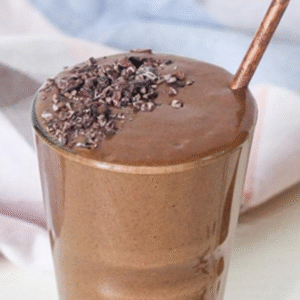
Chocolate Zucchini Bread Smoothie
Ingredients
- 1 cup Unsweetened Almond Milk
- 1/2 Zucchini Chopped, Frozen
- 1/4 cup Chocolate Protein Powder
- 1/2 Banana
- 1 tbsp Chia Seeds
- 1 tbsp Almond Butter
- 1 tbsp Cacao Powder
- 1 tsp Cacao Nibs Optional
Instructions
- Add all ingredients except the cacao nibs into a high-speed blender and blend until smooth.
- Pour into a glass and top with cacao nibs (optional). Enjoy!
Notes
instead of almond milk.Protein Powder: This recipe was developed and tested using a plant-based protein powder.

